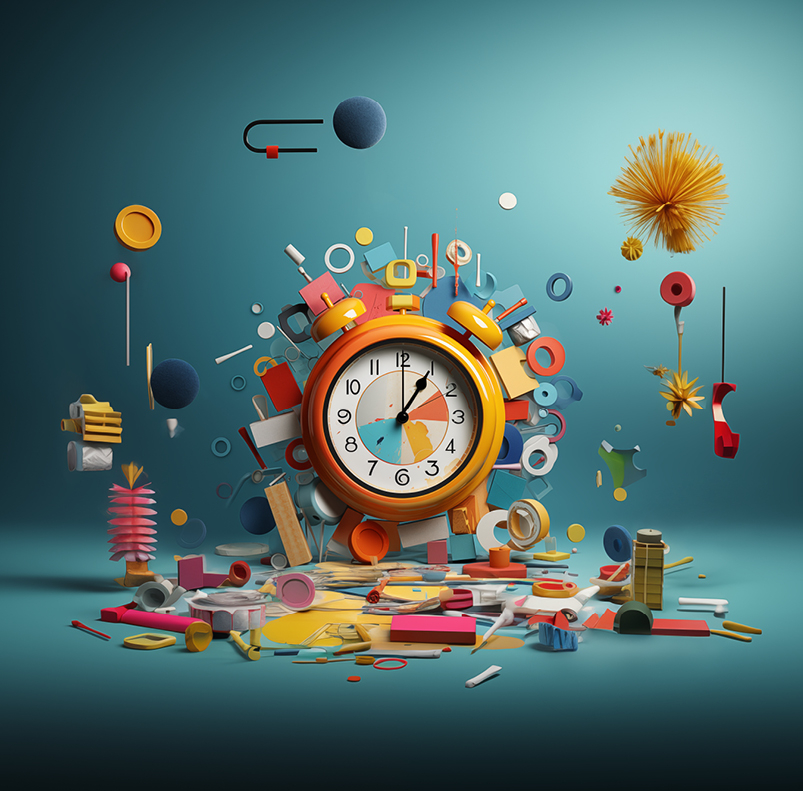A helping hand
There is more than one kind of artificial intelligence – and it’s nothing new. Artificial intelligence stands to improve our everyday existence like few technologies have done before. Yet we are seldom aware that it is already shaping our lives.

Just what are we talking about?
Artificial intelligence is a branch of computer science. The term was coined at a 1956 conference in the US by John McCarthy, a programmer, to describe the simulation of human learning capabilities. These days a machine is considered intelligent if it can perceive information or patterns, process them according to a specification and then make a decision. AI is an umbrella term that encompasses fields such as machine learning, neural networks and deep learning.
This is an increasingly difficult question to answer – and the issue that drove British computer science pioneer Alan Turing to develop his Imitation Game in 1950. This tests whether a person chatting with two participants via computer can tell which one is human and which is a machine. Should they be indistinguishable, the machine is deemed intelligent. Although the test is controversial, Turing is considered an influential figure to this day. He gets a small homage in CAPTCHA, a spam protection measure that challenges millions of internet users daily to match a variety of images or copy characters in hard-to- recognize writing. CAPTCHA stands for ‘completely automated public Turing test to tell computers and humans apart’.
 Machine learning
Machine learning
Anyone who has shopped online will know about personalized product recommendations. That shopping experience is based on machine learning, which underpins artificial intelligence in all of its myriad forms. AI technology is the enabler for algorithms that learn from large volumes of data and detect patterns – although for this to happen the data has to be presented in a structured form.
 Artificial neural networks
Artificial neural networks
Neural networks interconnect multiple data nodes in a similar way to neurons in the brain, hence the term. Machine learning processes run in parallel on many different levels. What makes neural networks special is their ability to correlate huge amounts of data representing images, text, sounds and more. The downsides are that they require enormous processing power and potentially months of training.
 Deep learning
Deep learning
Build onto neural networks with additional algorithms and data nodes, and you have deep learning. This machine learning method recognizes patterns and autonomously links them with new context. It can make its own decisions and question them too. Deep learning can thus resolve otherwise unsolvable problems such as diagnosing illnesses through image recognition.
“Success in creating effective AI could be the biggest event in the history of our civilization, or the worst. We just don’t know. So we cannot know if we will be infinitely helped by AI, or ignored by it and sidelined, or conceivably destroyed by it.”
Stephen Hawking,
physicist, at the 2017 Web Summit in Lisbon
How green is AI?
1 percent of global electricity consumption is attributable to data center operations (according to the International Energy Agency).
0.5 percent of global electricity consumption could additionally be used for AI computing centers by 2027.
20,000 graphic cards were deployed just to process ChatGPT’s training data.
1,287 megawatt hours of electricity went into training the GPT-3 model.
10 percent of an AI model’s overall electricity usage goes into training; actual operation of the model accounts for 90 percent.
Hitting the million mark
How long it took various internet-based services to acquire a million users:
Human input remains essential
The Mechanical Turk, also known as the Automaton Chess Player, was a fraudulent game-playing machine constructed in the 18th century. The device took the form of a man in traditional Turkish costume, who rarely lost a match. But there was nothing automatic about the machine’s inner workings: in fact it was a human pulling various ropes and levers. Although the secret finally came out in 1835, the identity of the person inside the contraption remains a mystery. Fast-forward 200 years and this legend embodies the people behind today’s smart machines, albeit with a twist: many of the most successful AI models are developed using labor from hundreds of thousands of generally low-paid contract workers who search for jobs on large crowdsourcing platforms. One of the best known is tellingly called MTurk, a contraction of Mechanical Turk.


Almost routine
AI is more everyday than many might think.
7:00 am: Time to get up! As soon as you’re awake, unlock your smartphone using facial recognition. Any notifications?
7:30 am: Check AI-generated weather and stock market reports during breakfast.
8:00 am: A question for the smartphone AI-assistant: what appointments do I have today?
9:00 am: Quickly translate a customer email. AI does that better than me.
1:00 pm: Arrive for the customer meeting on time thanks to GPS and real-time traffic data.
5:00 pm: Radiology appointment: smart pattern recognition helps diagnose the image.
7:00 pm: Another unwanted email. Good thing we have spam filters.
8:00 pm: Time for a little online shopping while lounging on the sofa. It’s uncanny how the retailer’s suggestions always seem to match your tastes ...
Published 15.04.2024, last updated 13.05.2024.
Dive into the world of the process industry through new exciting stories every month with our «changes» newsletter!









